Solutions to Common Problems in Die Casting Production
Author: SAIVS Date Published: Dec 04,2024
Solutions to Common Problems in Die Casting Production
In the process of die casting production, various issues may arise that can impact production efficiency, product quality, and worker safety. Addressing these challenges effectively is essential for improving productivity and maintaining high-quality standards. Below are common problems in die casting and their corresponding solutions.
Mold Wear and Damage (This is particularly important)
Problem:
Molds may experience wear and damage after prolonged use, resulting in inaccurate product dimensions, rough surfaces, and compromised quality.
Solutions:
Perform regular inspections and maintenance of molds.
Replace severely worn or damaged mold components promptly.
Use high-quality mold materials that withstand wear and tear.
Ensure proper usage and care of molds, including following recommended cooling and lubrication procedures.
Invest in advanced surface treatments like nitriding or PVD coatings to extend mold life.
Unstable Furnace Temperature
Problem:
Inconsistent furnace temperatures can lead to unstable molten metal quality, affecting the forming process and product performance.
Solutions:
Regularly inspect and maintain furnace equipment to ensure stable temperature control.
Use reliable and accurate temperature monitoring systems.
Employ high-quality fuel and raw materials.
Train operators to follow strict furnace operating parameters.
Consider advanced melting technologies like induction furnaces for precise temperature control.
Uneven Material Pouring
Problem:
Uneven material pouring can result in non-uniform internal structures and defects in the final product.
Solutions:
Optimize the design of the pouring system to ensure uniform filling of the mold cavity.
Adjust pouring speed, pressure, and temperature for consistent results.
Use flow simulation software to refine gating and riser systems.
Monitor and fine-tune pouring equipment to avoid turbulence and air entrapment.
Porosity and Defects in Products
Problem:
Porosity and defects in products compromise their strength and visual appeal.
Solutions:
Enhance Mold design by incorporating effective venting systems to minimize trapped air.
Control the molten metal temperature and pouring speed to prevent porosity.
Filter and purify molten metal to remove impurities.
Utilize vacuum-assisted die casting techniques to reduce gas entrapment.
Regularly test and refine the Die Casting Process to identify areas prone to defects.
Non-Standard Worker Operations
Problem:
Improper operations by workers can lead to safety risks, inconsistent product quality, and operational inefficiencies.
Solutions:
Provide comprehensive training to workers, emphasizing correct operating procedures and safety protocols.
Develop and enforce strict standard operating procedures (SOPs) and Quality Control measures.
Conduct routine audits of worker performance to ensure compliance.
Foster a culture of continuous improvement and accountability in the workplace.
Equipment Failures and Downtime
Problem:
Equipment breakdowns and unplanned downtime can disrupt production schedules and increase operational costs.
Solutions:
Implement preventive maintenance programs, regularly inspecting and servicing equipment.
Replace worn components and lubricate moving parts as needed.
Maintain a stock of critical spare parts to minimize downtime during repairs.
Upgrade outdated equipment with newer, more reliable technology.
Monitor machine performance with IoT-enabled sensors to detect potential issues early.
Proactive Measures for Die Casting Success
Beyond addressing specific problems, die casting companies should:
Stay updated on emerging technologies and industry trends to integrate innovative solutions.
Continuously improve production processes to adapt to changing market demands.
Prioritize environmental and energy-efficient practices, such as recycling materials and optimizing energy use.
By implementing these solutions, die casting companies can effectively tackle production challenges, enhance operational efficiency, and deliver superior products.
Why Choose SAIVS™ as Your Supplier?
1.Superb Quality Control Management
At SAIVS, we take pride in our perfect quality management systems and procedures, which guarantees the excellent performance of all our producs, being a professional Investment Casting | Die Casting| Sand Castingmanufacturer in China.
2.Rich Production Experience
With 20 years of experience in production, SAIVS has a deep understanding of the market and trends, and strives for continuous research and innovation. This has created advantages in both the product's performance and appearance.
3.Competitive Prices
As a Chinese factory committed to becoming the most cost-effective Investment Casting | Die Casting| Sand Castingexporter in China, SAIVS provides high-quality products at advantageous prices. By lowering costs and increasing efficiency, we ensure that our customers receive the best possible value for their investment.
4.Perfect After-sales Service
At SAIVS, we strive to provide superior customer service that meets and exceeds expectations. We are always available for any questions or concerns you may have, and we stand by our commitment to providing excellent after-sales support.
Related Posts
-
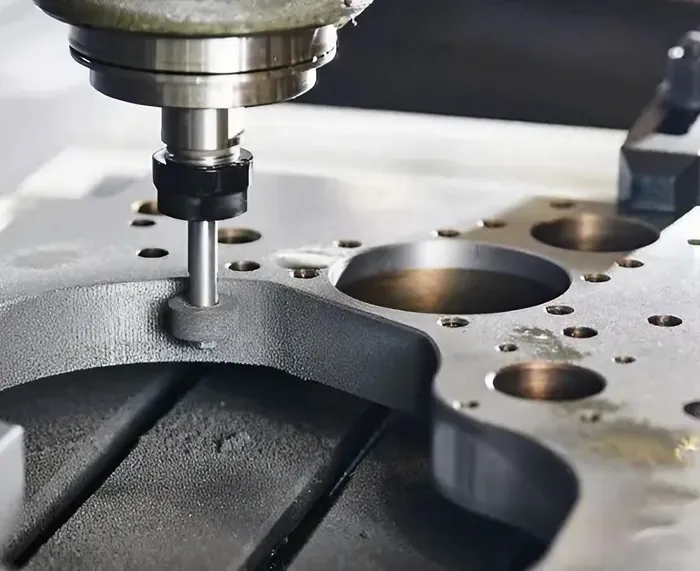
Understanding Surface Roughness in CNC Machining
Learn about its importance, measurement, and impact on CNC machined parts, and explore various surface finishes and their applications.
-
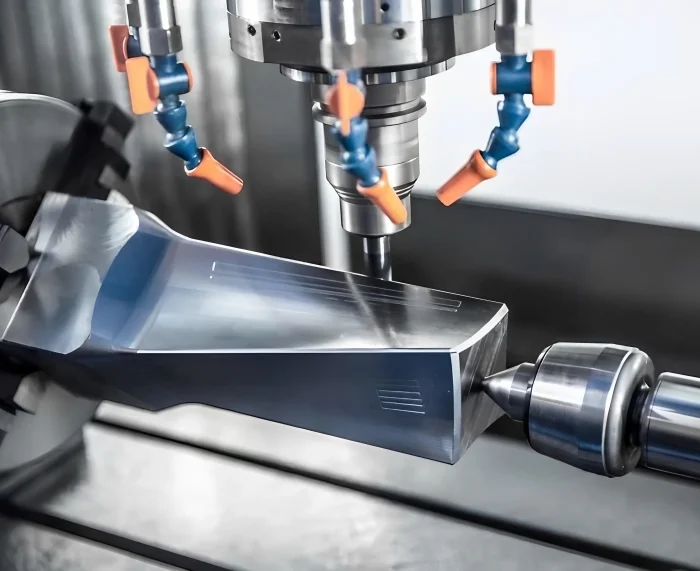
About CNC precision machining
What is CNC precision machiningCNC precision machining is a type of manufacturing process that uses computer-controlled machines to remove material from a workp...
-
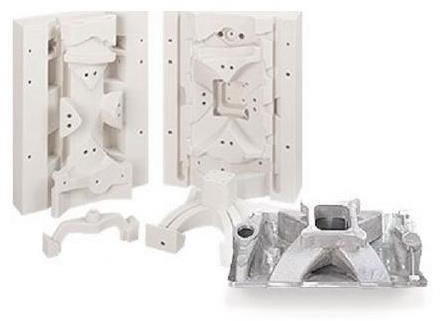
Application of Rapid Prototyping Technology in Investment Casting
—Review of the progress of foreign precision casting technology (12) "Special Casting and Nonferrous Alloys", 2005 (12): 732~735Rapid Prototyping (RP)...
-
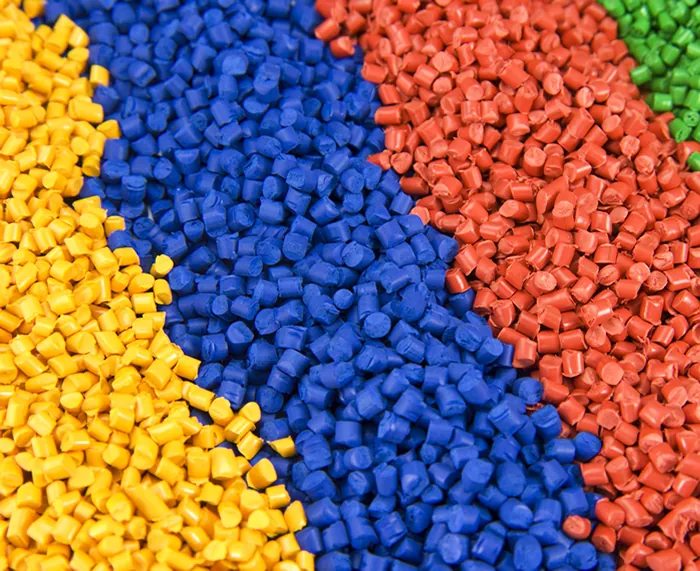
Achieving Consistent Color in Injection Molding
This article explores the importance of color consistency in injection molding and details various methods and best practices to achieve it.
-
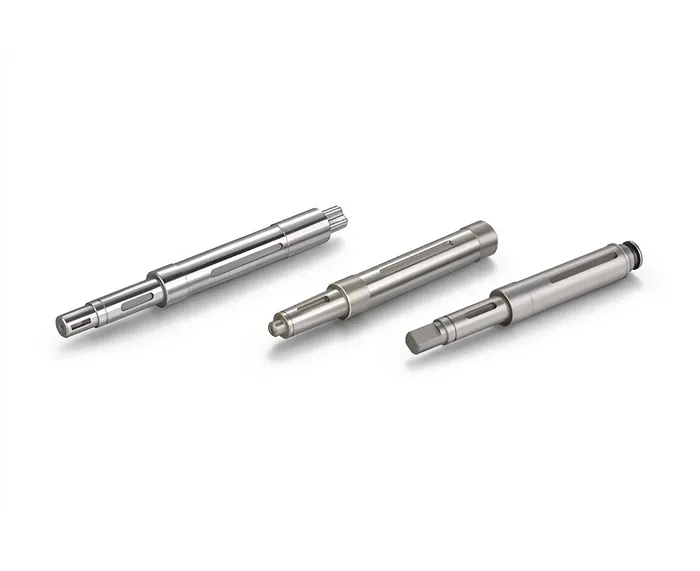
Shaft Components: The Best Choice For CNC Machining
From solid to hollow, delve into CNC machining precision, uncovering routes from turning to drilling.
-
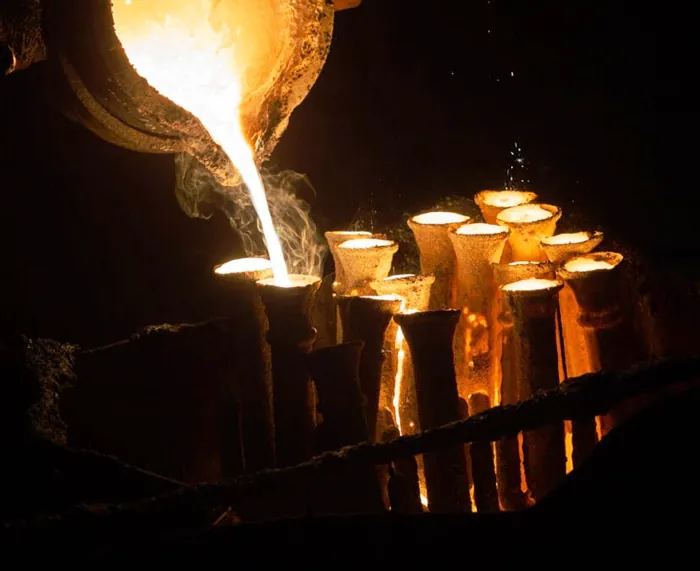
Debunking the Top 7 Myths of Investment Casting
Investment casting offers numerous benefits over other casting processes, including cost savings (reduced machining costs and material use), fine detail, t

